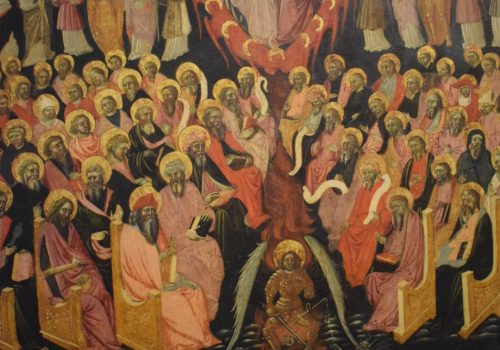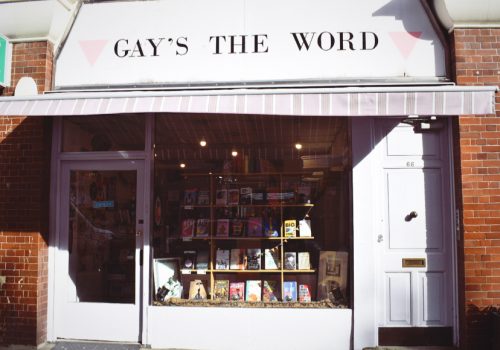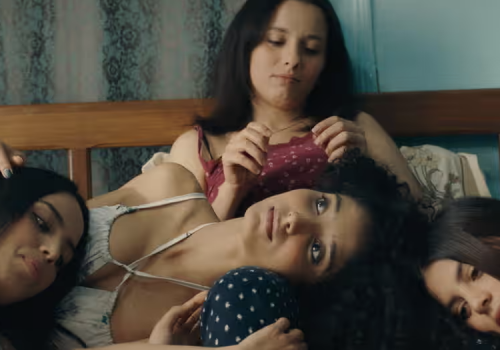I wrote this piece about being a bridal stylist in 2018
A Philosophical Review of a Place of Commerce
I am a bridal stylist. A bridal appointment is 90 minutes long, it starts with a short consultation where the stylist asks who the Bride is and who she has brought with her, the stylist then enquires about the wedding, the venue, the engagement (my favourite), colour themes, bridesmaids etc. Everyone thinks their vision is unique and special but I’ve had three barn weddings already today.
We ask her how she wants to feel when she walks down the aisle, when she stands in front of the person she supposedly wants to spend the rest of life with.
Answers vary from strong to sexy to comfortable to special but always beautiful.
Kant talks about beauty and ‘aesthetic judgement’ as judgements of ‘taste’ that are based on ‘subjective feelings.’ When something is beautiful this is immediately apparent. How we feel about beautiful things is different to how we feel about pleasurable things or morally good things according to Kant. We want to have pleasurable things, we want to promote moral goodness but beauty is just appreciated for what it is, beauty does not need a use. This means ‘judgements of taste are universal in their disinterestedness’ as ‘individual wants and needs do not come into play when appreciating beauty.’ (Kant, 1790)
It’s sad she doesn’t feel beautiful everyday but it’s also empowering that we can make her feel like that today. I see people try the same dresses all day long. A dress that is ‘beautiful’ on one bride is horrendous on another. I don’t know if any of the dresses are really that beautiful, or if it’s the person wearing them. She was always beautiful, she just needed to feel it. Kant talks about the difference between the beautiful and the sublime. The sublime is mysterious and somewhat ‘ungraspable’ the sublime produces a feeling of ‘fearfulness without fear.’ Things like storms and hurricanes and thunder, I read somewhere on Instagram a quote by Debora Vladimirova that ‘most storms are named after women. Interesting isn’t it?’ Brides are always storms.
The stylist then asks about what the Bride is looking for in a dress. Shape, colour, neckline etc. If this is the brides first time ever trying bridal dresses we usually suggest trying one of each silhouette to find her perfect shape. Even if the bride already has in mind what she wants (which she usually does, she’s probably been on the Pinterest all day collecting screenshots) a grand ball gown or sexy fishtail gown because she might put one on and then decide it’s not what she wants or it doesn’t suit her. 99% of time the Bride leaves with something completely different from what she thought.
Stylists are often tasked with seeing two brides at once. The fitting room is shared with many appointments all happening simultaneously. When the bride chooses her dress and commits to buying it, she rings the bell. We say a speech along the lines of ‘At D*****’s Bridal we’ve had this tradition for over 50 years that when you find your dream gown, you ring the bell! So whenever you hear a bell ring, a church bell or a school bell, you’ll remember this moment choosing the dress you’ll wear when you marry the love of your life. (You hand her the bell) So close your eyes and make a wish for you and your fiancé and then when you’re ready ring the bell as loud as you can.’ She rings. Everybody cheers. If you do it right she’ll probably cry but don’t worry because there’s boxes of tissues in all the drawers.
The Bride is seen by her own entourage but is also seen by all the stylists, other brides and their entourages. It is reminiscent of the Panopticon. Eyes everywhere. Who is watching her? Seats are all around, she is viewed from every angle. The Panopticon is a prison but she also doesn’t feel trapped. (Bentham, 1791)
Brides often look to their mothers for approval so if mum doesn’t like the dress you’re in trouble. Often brides come without their mum for first appointment and then book comeback appointments with mum to show her the dress before purchase, this can be upsetting when the mum doesn’t like the gown the bride has fallen in love with but she often doesn’t want to walk down the aisle in a dress she knows her mum doesn’t like. Or maybe she’s scared that if mum doesn’t like the dress she won’t pay. Are we all destined to live vicariously through our daughters?
Mirrors are everywhere in the fitting room she cannot escape herself, this is not for the self-conscious, more the self-absorbed. You’ll often hear a mother of the bride or even the bride herself asking a stylist about a gown another bride is wearing. It’s all about seeing others but also being seen. The idea of the spectacle but also that of surveillance. It makes me think of Debord. It makes me wonder why it’s so important. Why her mother must be there, why she has to cry, why she’s worried that she’s not crying. Is she now crying because she’s overcome with how beautiful she looks or because she knows that’s how she’s supposed to feel? Is she crying because she needs to be seen crying? You meet someone, ‘fall in love’, get engaged, buy a white dress, ring a bell, make a wish; ‘who reduces a man’s [woman’s] life to this pathetic sequence of clichés?’6 (Debord, 1967)This is the idea of the spectacle presented by Debord, it is not a ‘collection of images’ but rather of ‘social relations.’ You ring the bell to be seen by others ringing the bell. It’s like Mary Cassatt’s painting ‘Woman in Black at the Opera’ 1879, back in those days (19th century Paris) the opera was like the modern day shopping centre or bridal store, a place to see others and be seen by others. This idea is presented within the painting, people coming to look at each other and not look at the opera.
To conclude D****’s Bridal is a really interesting place of commerce because it’s such an emotionally charged place. People go there because they don’t want to spend so much money, it’s supposed to be a more budget experience compared to other bridal boutiques like Pronovias for example. There’s not a dress at D****’s Bridal that’s over £2000, however this is still a lot of money to most people so there is sometimes a tense atmosphere especially when things like budgets, money, who’s paying and the like comes up. Ultimately it’s a lovely place to work because like birth and death, marriage is a big life moment and is one of the only ones you can actually remember. It’s nice to be a small part of that for someone by helping them find the dress they will wear on what should be one of the most special days of their entire life. You become a little part of them, a memory of a fun experience, finding the gown, ringing the bell. They carry you with them somewhere in their deepest memories because you briefly touched their lives in a small but yet significant way.









Leave a Reply